elemintalshop
The Redemptress, Isabel, Princess Imperial & Freed Slaves 200 Cruzieros Brazil Authentic Banknote Money for Collage (Abolition) (Golden Law)
The Redemptress, Isabel, Princess Imperial & Freed Slaves 200 Cruzieros Brazil Authentic Banknote Money for Collage (Abolition) (Golden Law)
Couldn't load pickup availability
The Redemptress Isabel, Princess Imperial & Freed Slaves 200 Cruzieros Brazil Authentic Banknote Money for Jewelry Collage (Abolition) (Golden Law)
Obverse: Two similar and inverted images on the vertical axis (north - south). In the center are the portraits of Isabel Cristina Leopoldina Augusta Micaela Gabriela Rafaela Gonzaga de Bourbon-Duas Sicílias and Bragança (Princesa Isabel, 1846 - 1921).
Lettering: 200 BANCO CENTRAL DO BRASIL 200
PRINCESA ISABEL
CASA DA MOEDA DO BRASIL
Translation: 200 Central Bank of Brasil 200
Princesa Isabel
Brazilian Mint
Reverse: Two similar and inverted images on the vertical axis (north - south). At the center is the pictorial representation of ex-slaves in the countryside, referring to the Abolition of Slavery.
Lettering: 200 DUZENTOS CRUZEIROS
PRESIDENTE DO
CONSELHO MONETÁRIO NACIONAL
200 DUZENTOS CRUZEIROS
PRESIDENTE DO
BANCO CENTRAL DO BRASIL
Translation:
200 two hundred Cruzeiros
President of the National Monetary Council
200 two hundred Cruzeiros
President of the Central Bank of Brazil
Watermark
Portrait of the Princesa Isabel.
Features
Issuer Brazil
Period Federative Republic of Brazil (1967-date)
Type Standard banknote
Years 1981-1984
Value 200 Cruzeiros (200.00 BRB)
Currency Cruzeiro novo (1967-1986)
Composition Paper
Size 154 × 74 mm
Shape Rectangular
Demonetized 02-27-1986
Number N# 203546
References P# 199
WIkipedia:
Dona Isabel[a] (29 July 1846 – 14 November 1921), nicknamed "the Redemptress", was the Princess Imperial (heir presumptive to the throne) of the Empire of Brazil and the Empire's regent on three occasions. Born in Rio de Janeiro as the eldest daughter of Emperor Pedro II and Empress Teresa Cristina, she was a member of the Brazilian branch of the House of Braganza (Portuguese: Bragança). After the deaths of her two brothers in infancy, she was recognized as her father's heir presumptive. She married a French prince, Gaston, Count of Eu, in an arranged marriage, and they had three sons.
During her father's absences abroad, Isabel acted as regent. In her third and final regency, she actively promoted and ultimately signed a law, named Lei Áurea or the Golden Law, emancipating all slaves in Brazil. Even though the action was broadly popular, there was strong opposition to her succession to the throne. Her gender, strong Catholic faith and marriage to a foreigner were seen as impediments against her, and the emancipation of the slaves generated dislike among powerful planters. In 1889, her family was deposed in a military coup, and she spent the last 30 years of her life in exile in France.
Abolitionism and Golden Law
From November 1884 to March 1885, Isabel toured southern Brazil with her husband, and in January 1887, they left Brazil for a six-month visit to Europe. Their trip was cut short, however, as Emperor Pedro II fell ill in March, and they returned in early June. The Emperor was advised to seek medical help in Europe, as a result of which he left Brazil on 30 June, leaving Isabel as regent.
Abolitionism in Brazil was growing in strength, but the government of Conservative João Maurício Wanderley, Baron of Cotegipe, attempted to slow the pace of reform. Isabel, in her own words, "became ever more convinced that some action had to be taken" to expand the emancipation program and pressured Cotegipe unsuccessfully to free more slaves. After the Rio Police's mishandling of a pro-abolition demonstration in early 1888, Isabel acted and appointed João Alfredo Correia de Oliveira in Cotegipe's place.
Oliveira's government supported unconditional abolition and swiftly introduced legislation. On 13 May 1888, Isabel signed the Golden Law (A Lei Áurea), as it was known, which enabled the complete cessation of slavery. Isabel was popularly acclaimed as "the Redemptress" (A Redentora), and was given a Golden Rose by Pope Leo XIII for her actions.
Legacy
Historian Roderick J. Barman wrote that "in the view of posterity, [Isabel] acted decisively only once on a single issue: the immediate abolition of slavery". It is for this achievement that she is remembered. As explained by Barman, paradoxically this "principal exercise of power by which posterity alone remembers her ... contributed to her exclusion from public life". Isabel herself wrote, on the day after the republican coup d'état that deposed her father, "If abolition is the cause for this, I don't regret it; I consider it worth losing the throne for."
******
Wikipedia:
Slavery in Brazil began long before the first Portuguese settlement was established in 1516, with members of one tribe enslaving captured members of another. Later, colonists were heavily dependent on indigenous labor during the initial phases of settlement to maintain the subsistence economy, and natives were often captured by expeditions called bandeiras ("Flags", from the flag of Portugal they carried in a symbolic claiming of new lands for the country). The importation of African slaves began midway through the 16th century, but the enslavement of indigenous peoples continued well into the 17th and 18th centuries.
During the Atlantic slave trade era, Brazil imported more enslaved Africans than any other country. An estimated 4.9 million enslaved people from Africa were imported to Brazil during the period from 1501 to 1866. Until the early 1850s, most enslaved African people who arrived on Brazilian shores were forced to embark at West Central African ports, especially in Luanda (present-day Angola).
Slave labor was the driving force behind the growth of the sugar economy in Brazil, and sugar was the primary export of the colony from 1600 to 1650. Gold and diamond deposits were discovered in Brazil in 1690, which sparked an increase in the importation of enslaved African people to power this newly profitable mining. Transportation systems were developed for the mining infrastructure, and population boomed from immigrants seeking to take part in gold and diamond mining.
Demand for enslaved Africans did not wane after the decline of the mining industry in the second half of the 18th century. Cattle ranching and foodstuff production proliferated after the population growth, both of which relied heavily on slave labor. 1.7 million slaves were imported to Brazil from Africa from 1700 to 1800, and the rise of coffee in the 1830s further expanded the Atlantic slave trade.
Brazil was the last country in the Western world to abolish the enslavement of human beings. By the time slavery was abolished, on May 13, 1888, an estimated 5.8 million enslaved people had been kidnapped from Africa to Brazil. This was 40% of the total number of enslaved people trafficked from Africa to the Americas, according to one estimate, while another source estimated the total as high as 12.5 million, which would push this percentage to over 45%. Of the total, only 10.7 million slaves survived the journey.
.....
The Clapham Sect, although their religious and political influence was more active in Spanish Latin America, were a group of evangelical reformers that campaigned during much of the 19th century for the British government to use its influence and power to stop the traffic of slaves to Brazil. Besides moral qualms, the low cost of slave-produced Brazilian sugar meant that British colonies in the West Indies (which had abolished slavery) were unable to match the market prices of Brazilian sugar, and the average Briton was consuming 16 pounds (7 kg) of sugar a year by the 19th century. This combination led to diplomatic pressure from the British government for Brazil to abolish slavery, which it did by steps over three decades.
The end of slavery
In 1872, the population of Brazil was 10 million, and 15% were slaves. As a result of widespread manumission (easier in Brazil than in North America), by this time approximately three quarters of the blacks and mulattoes in Brazil were free. Slavery was not legally ended nationwide until 1888, when Isabel, Princess Imperial of Brazil, promulgated the Lei Áurea ("Golden Act"). But it was already in decline by this time (since the 1880s the country began to attract European immigrant labor instead). Brazil was the last nation in the Western world to abolish slavery,
Share
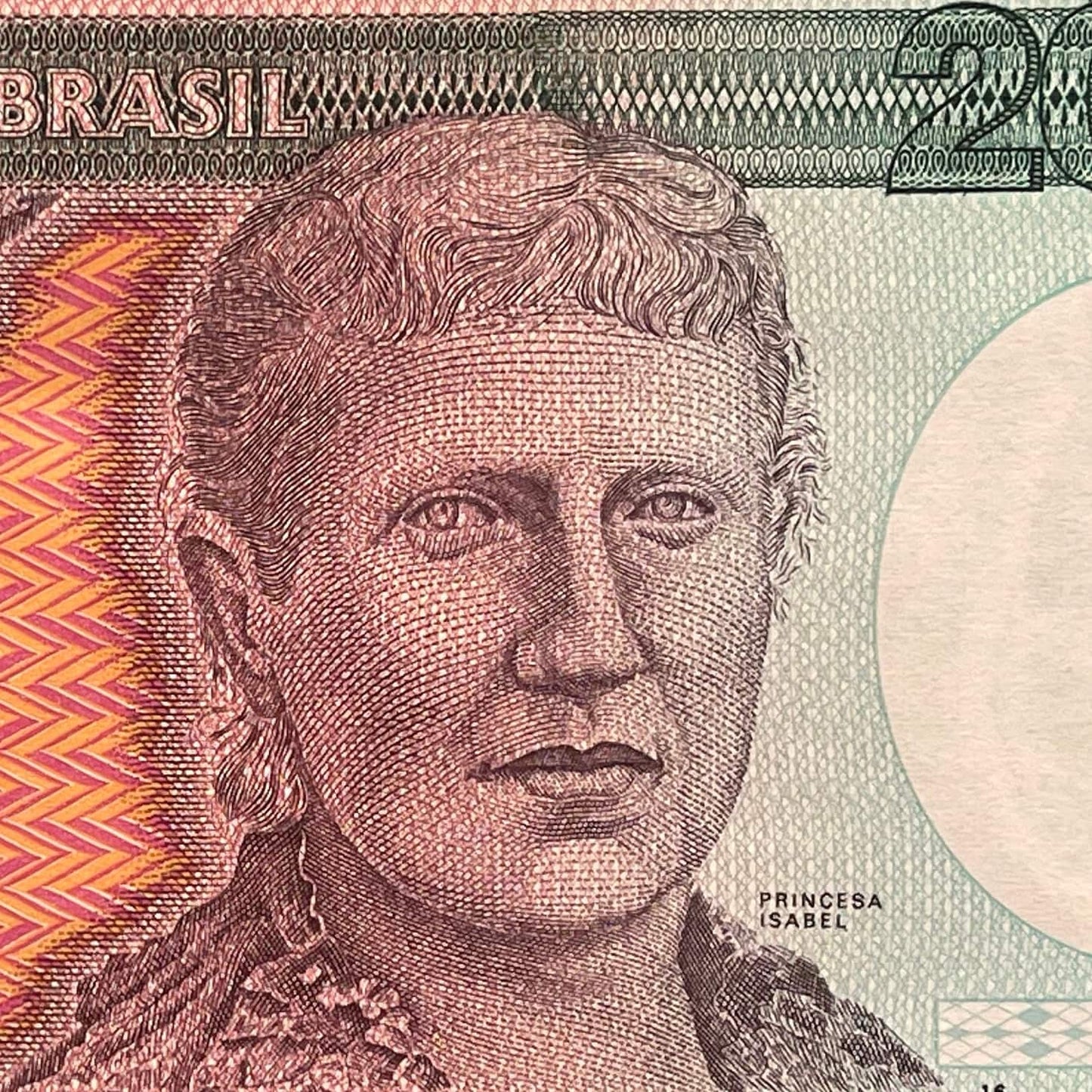
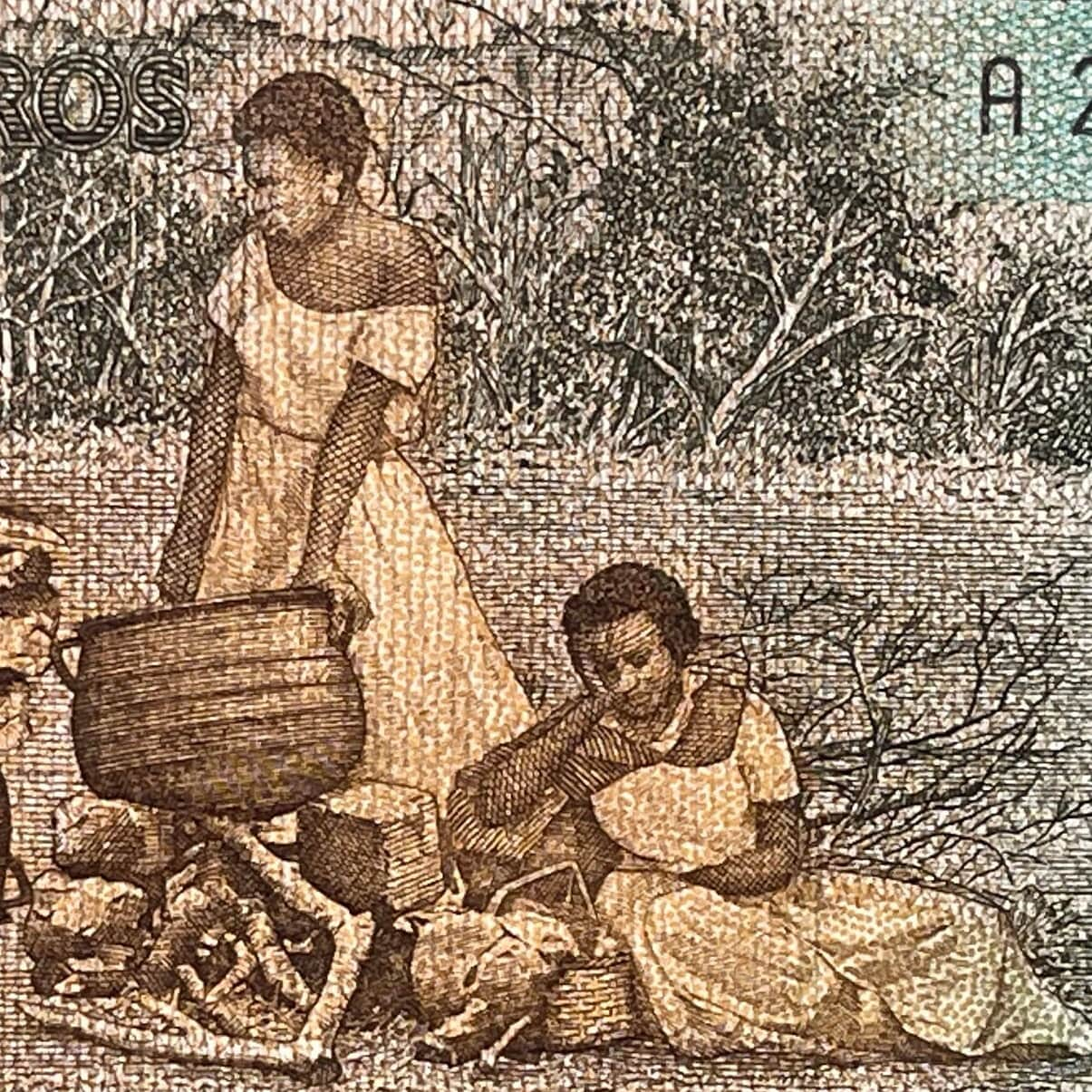
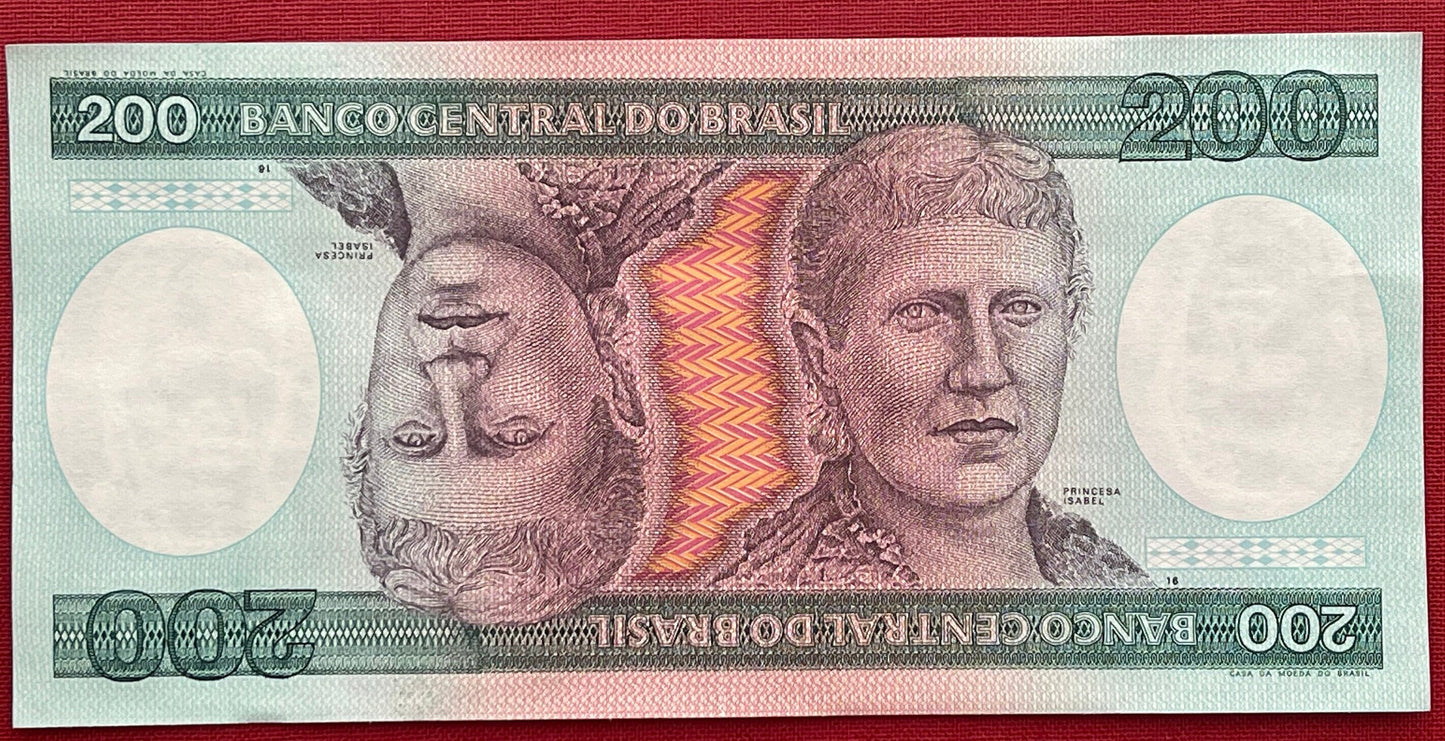
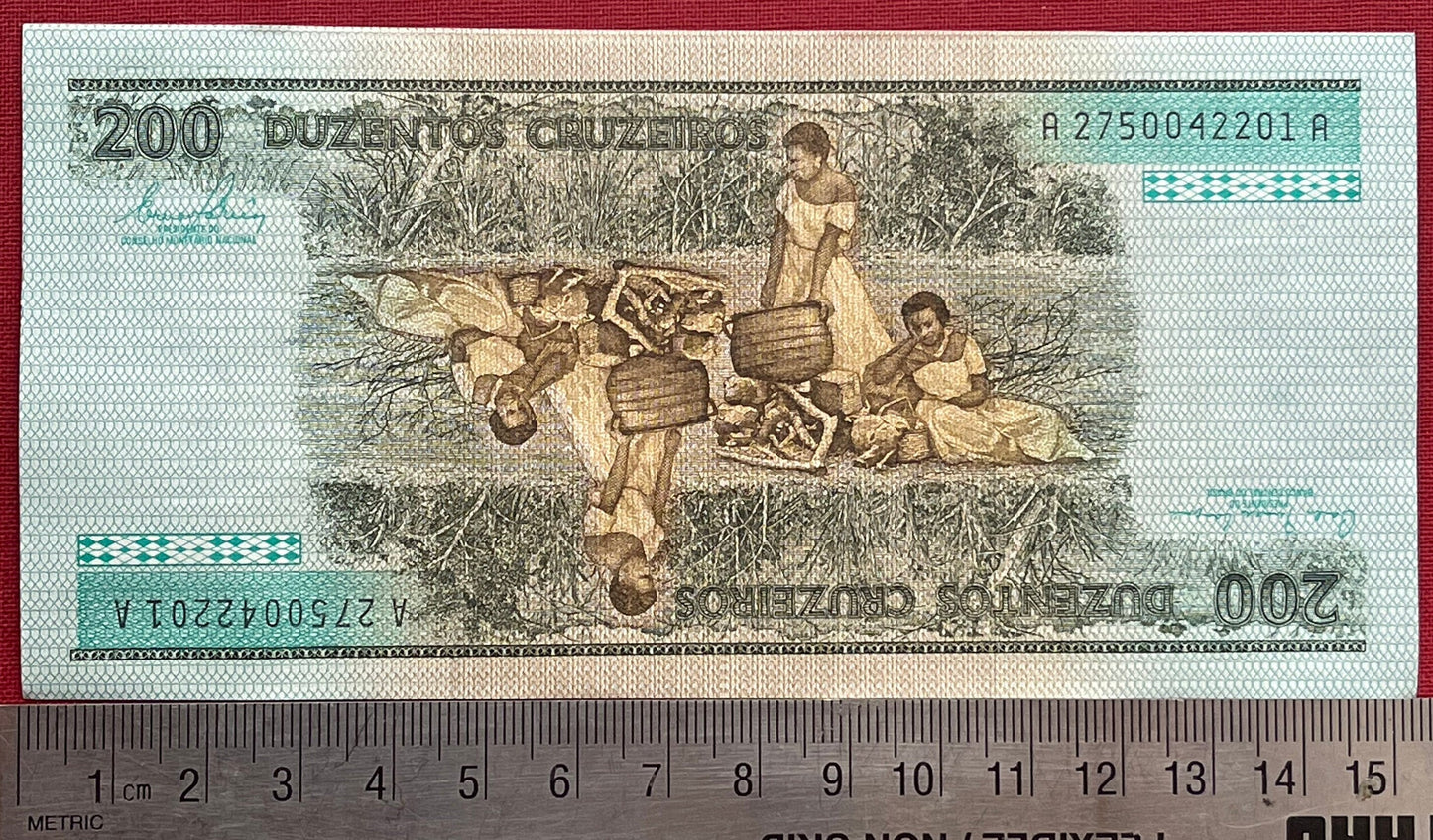
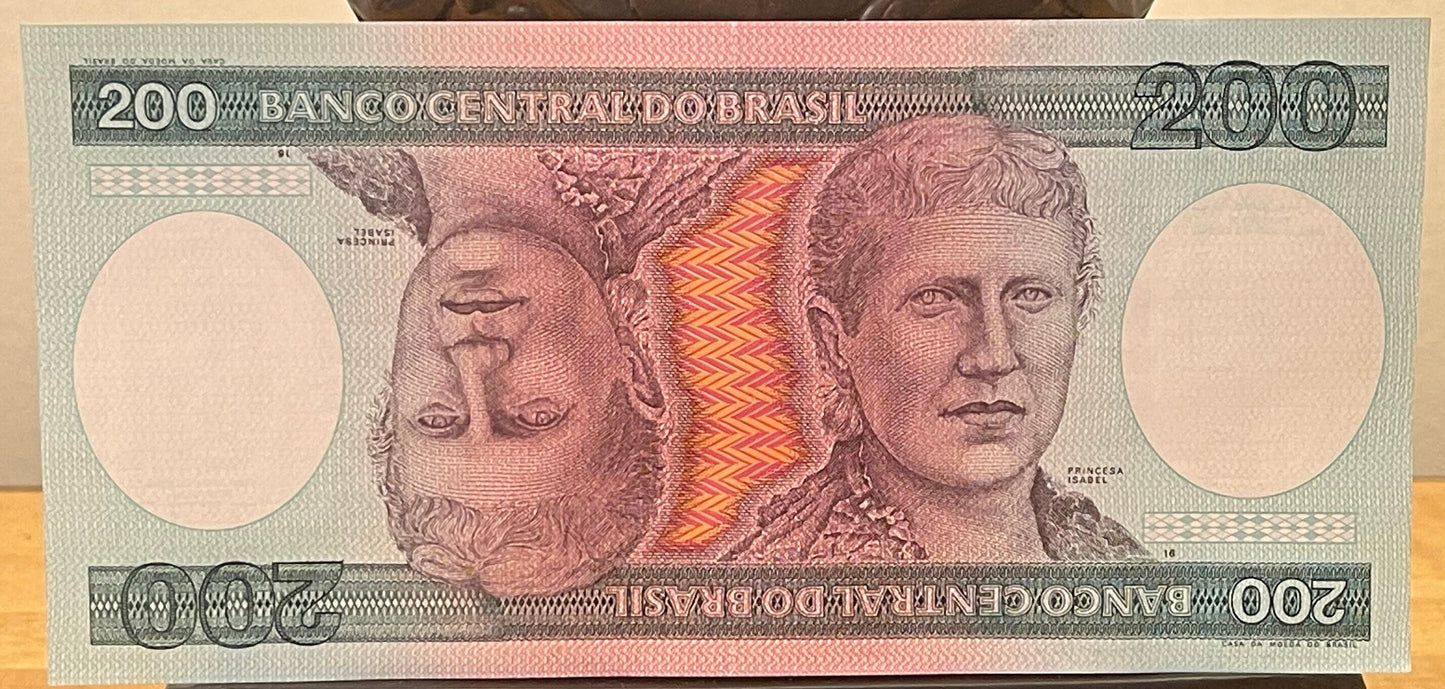
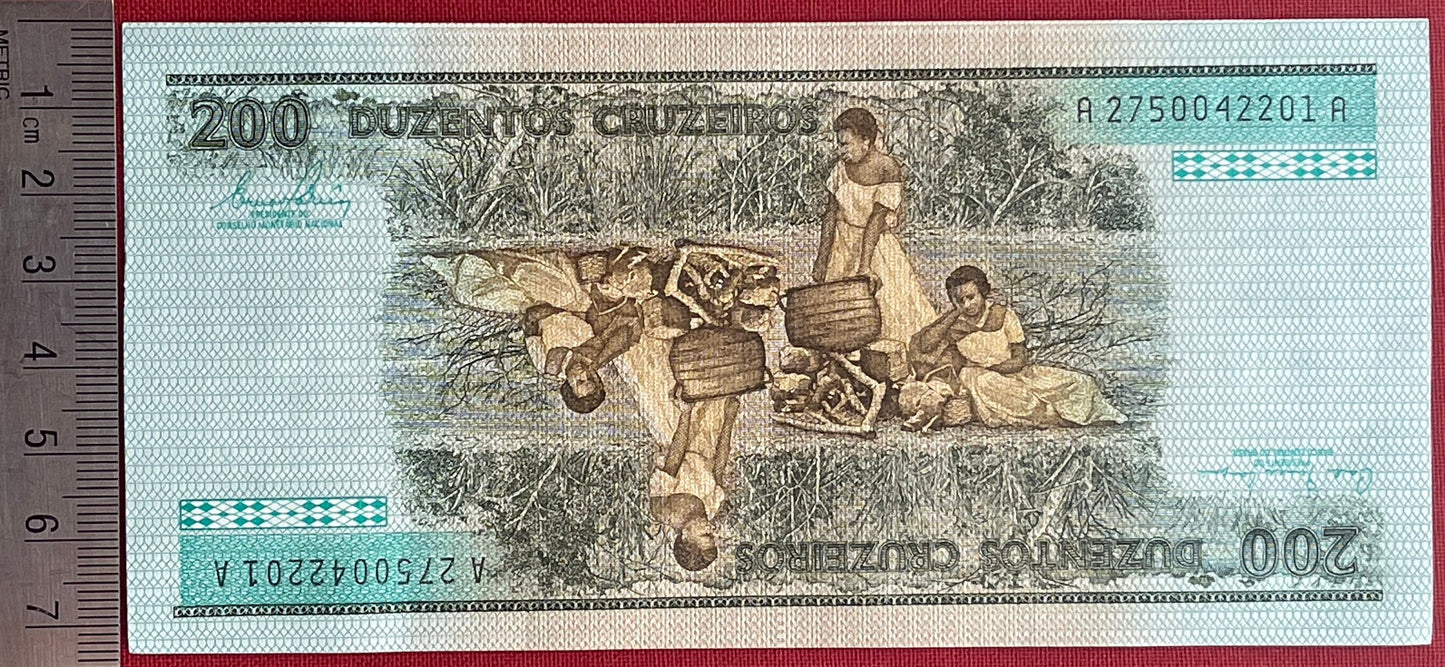
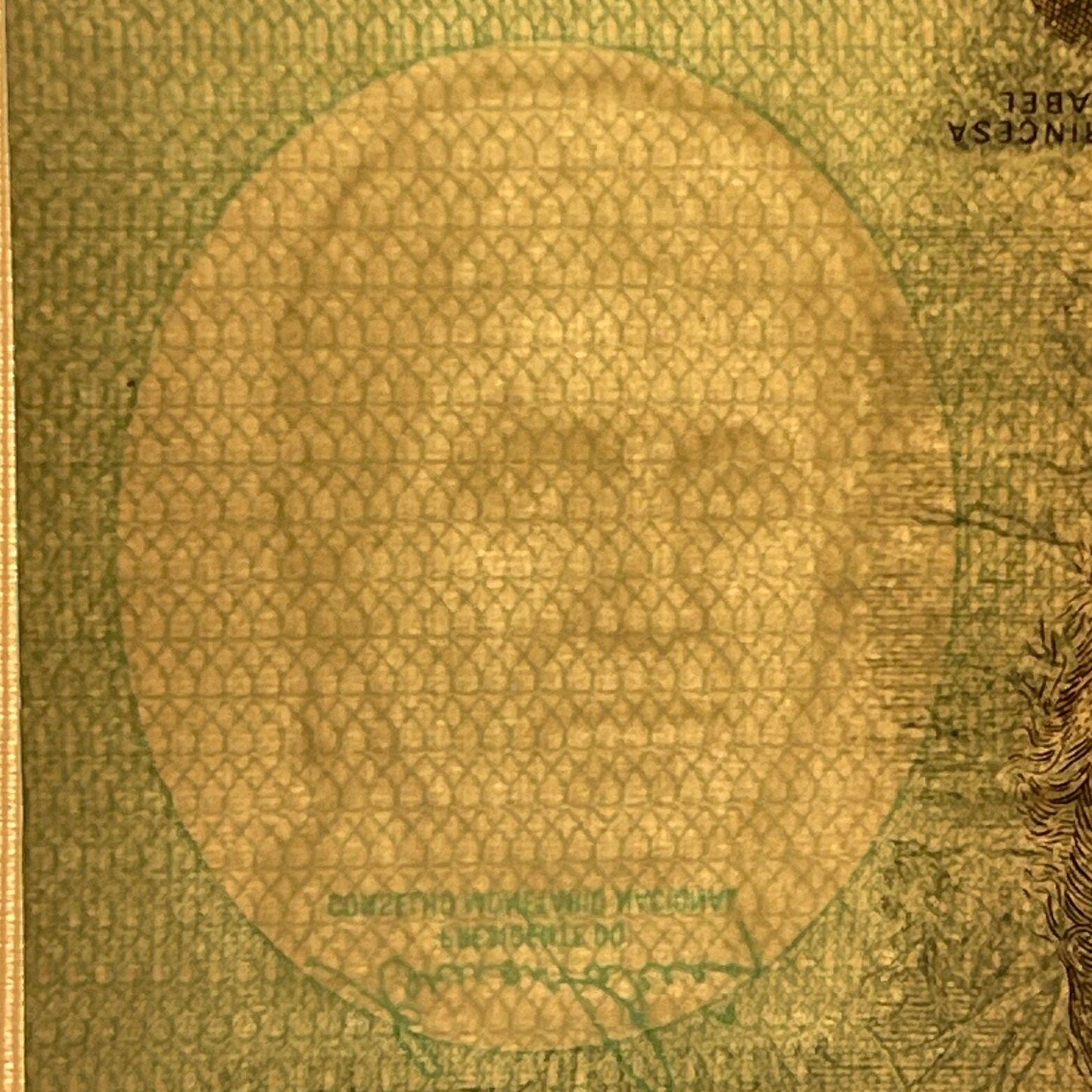
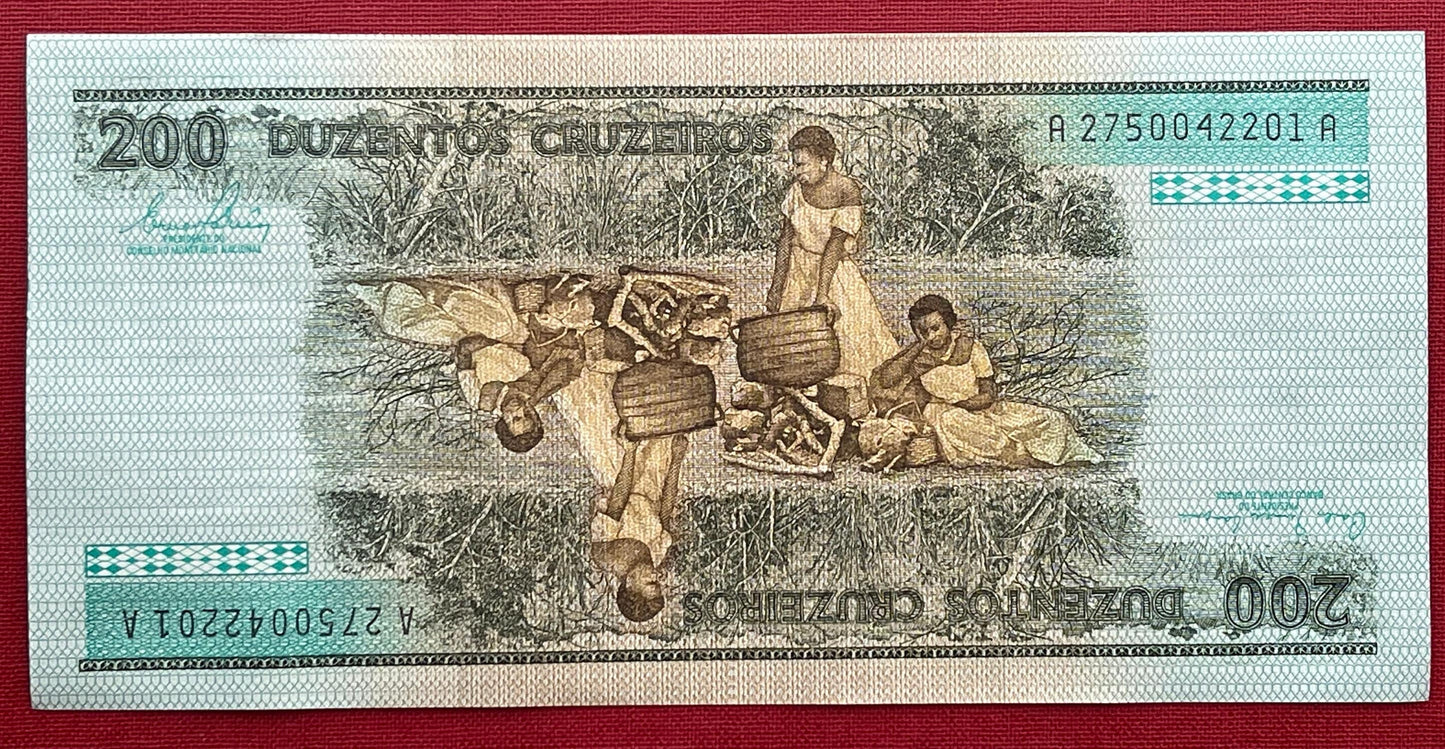
Came promptly and well packaged as always with this vendor. Thanks.







